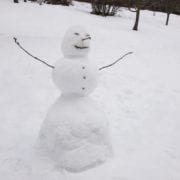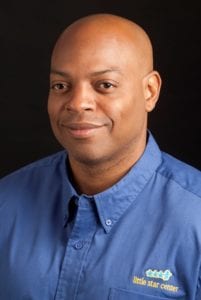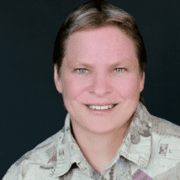Winter months mean getting creative with social and play skills
By Dr. Breanne Hartley, BCBA-D
Winter is upon us, as the leafless trees and cool temperatures will not let us forget. The cold winter months require different kinds of leisure activities for everyone, including children with autism. Children are no longer able to enjoy summer activities such as swimming in the local pool, or playing on the neighborhood swing set. Instead, children are oftentimes required to be indoors engaging in very different types of activities when the weather is cool.
Of course, we do not want the winter months to result in a decrease in social learning opportunities because oftentimes children with autism demonstrate deficits in social skills. These deficits may often consist of failing to make social initiations, failing to sustain conversations and preferring isolated play versus interactive play with other children. Many daily learning opportunities are required in order to help facilitate engagement in more appropriate social behavior. Therefore, although children are required to be inside for much of the next couple of months, it does not mean social and play opportunities with other children need to be put on hold. There are a variety of very fun social activities that you can encourage your child to participate in. For example, playing board games and creating arts and crafts.
Keep in mind that many people can act as “peers” to teach and facilitate social interactions; parents, siblings, grandparents, neighbors, cousins, and so many more!
Here are two ways you can make indoor activities a fun social opportunity for your child with autism:
Playing Board Games
Your child may have never shown interest in playing games like Chutes and Ladders or Hi-Ho-Cheerio, but that doesn’t mean you cannot teach them how. In order to make game-playing successful, start out with a small, easily achievable goal. For example, instead of playing the entire game on your first attempt, simply require that your child try one part of the game-playing experience. Initially, the “game” may be picking a color card from the deck in Chutes and Ladders, and saying “I got green”. Build in social opportunities by taking turns; your child picks a card and states the color, and then their brother picks a card and states the color. This allows your child to learn many new skills such as interacting with someone with a common goal, taking turns, and paying attention to someone else as they take their turn.
Arts & Crafts
Engaging in arts and crafts activities is another great way to encourage social interactions. With winter approaching, it would be seasonally appropriate to make a snowman craft. You can be creative and make a snowman however you’d like out of construction paper, pipe cleaners, cotton balls, “bug” eyes, etc. Once your snowman is complete, provide your child with similar materials that you used, and tell her to “Make a snowman like mine!” Your child will have fun attempting to match her snowman with yours by referencing what your model looks like. As your child puts each piece of the snowman together, start up conversation such as, “My snowman’s scarf is red. What color is your snowman’s scarf?”, “Look, my snowman has a hat to keep his head warm. What keeps his hands warm?”, “My snowman’s mittens are red like an apple. Your snowman’s mittens are green like (have your child fill in the blank).” Once both snowmen are complete, use them to play interactively by pretending they are riding in cars, sliding down slides, and building blocks. This arts and crafts activity allows your child to learn new skills such as copying a craft modeled by someone else, and engaging in conversation.
Enjoy playing with your child, and stay warm this winter!
Breanne is senior clinical director at Little Star Center.



 What makes you most proud about serving on Little Star Center’s Board of Directors?
What makes you most proud about serving on Little Star Center’s Board of Directors?  By Angela Vargas, M.S., BCBA
By Angela Vargas, M.S., BCBA